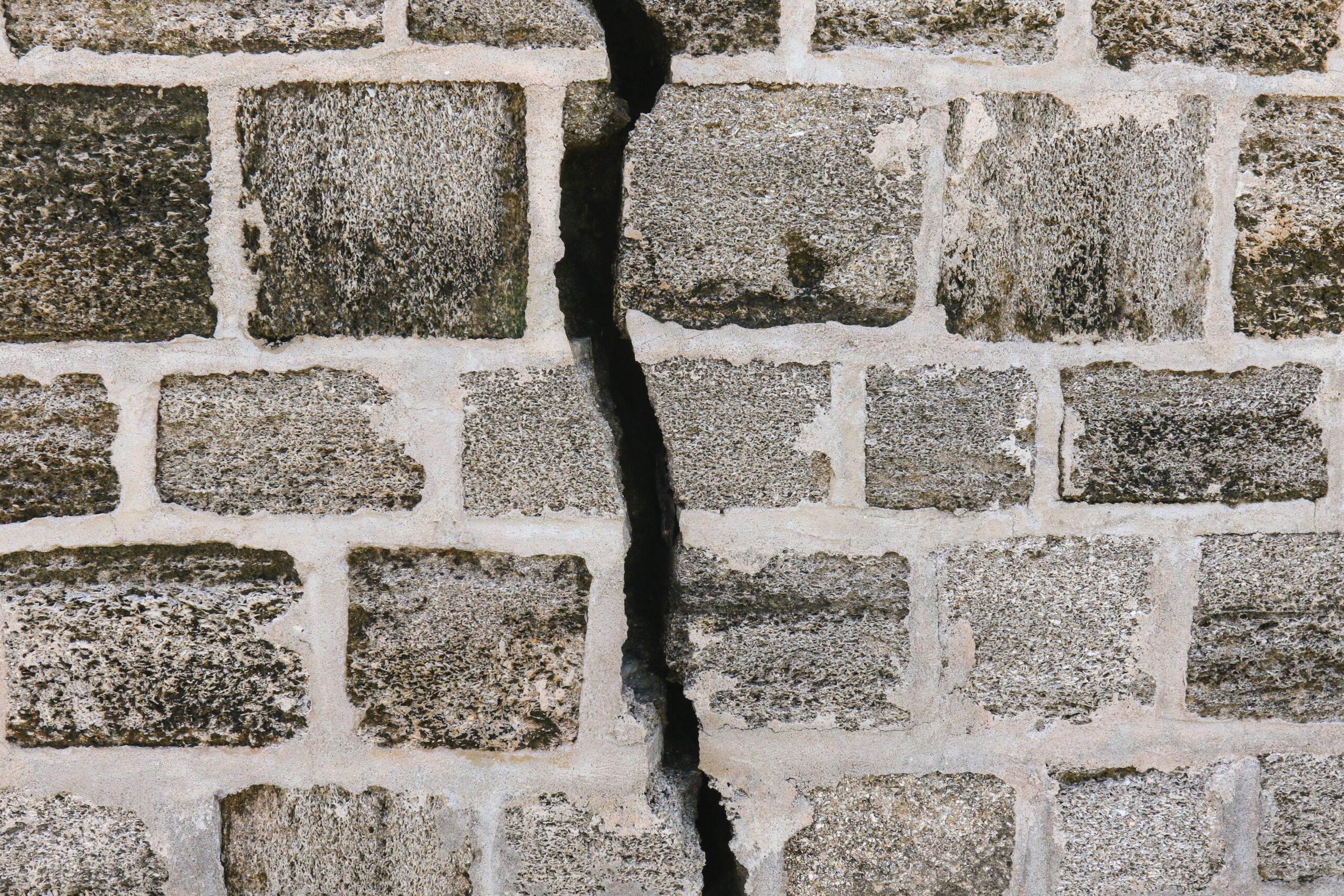
23 Nov When Is Underpinning Needed?
Underpinning — some people panic at the idea of it, but it’s only a technique for safeguarding your home. Underpinning involves strengthening the existing foundations of a building, and there are a number of reasons why this might be needed.
What Might Create a Need for Underpinning Your Home?
The most common reason for underpinning your home or commercial building is subsidence, where the subsoil under the foundations can no longer fully support the weight of the structure. Subsidence can have a number of causes, not all of which require underpinning. For instance, if a tree root is growing under the foundations or the drains are leaking into the subsoil, fixing the issue should be enough.
However, the soil could have been weakened over a period of time, or the water table may have risen. Alternatively, there may be excavations under the building, such as old mine-workings, and this could lead to collapse of the soil, causing your house to subside. In these cases, it’s likely that you’ll need underpinning to prevent the building falling into ruin.
Underpinning is most often a reaction to a situation that’s out of your control, but not always. If you’re increasing the load on the foundations, for instance by adding an extension or building an extra storey, you may need to strengthen the foundations at the same time by underpinning
What Are the Signs of Subsidence?
The most obvious sign of subsidence is likely to be cracks developing in the walls, either inside or outside. Not all cracks are a cause for alarm, especially if they’re very narrow, but substantial cracks could well be a sign of trouble. Similarly, subsidence may well result in the door and window frames pulling away from the masonry.
These are signs of potential trouble, but they aren’t necessarily reasons to have your home underpinned. You’ll require a professional survey, which will tell you how serious the problem is and what the recommended solution is. It’s possible that all you need is to get your drains repaired.
Are There Drawbacks to Underpinning?
The biggest potential drawback to underpinning is its cost — though it would cost far more to rebuild from scratch because your home’s collapsed. However, this isn’t necessarily as bad as it may seem. It’s quite possible that your building insurance will cover work to rectify subsidence.
Many people claim that it’s difficult to insure an underpinned house, and you might find a general insurer reluctant to take this on. However, there are many specialist policies from insurers who recognise that underpinning has made your home more secure, not less.
Get in touch with us if you think your home or business premises may need underpinning, and we’ll talk over your requirements.




